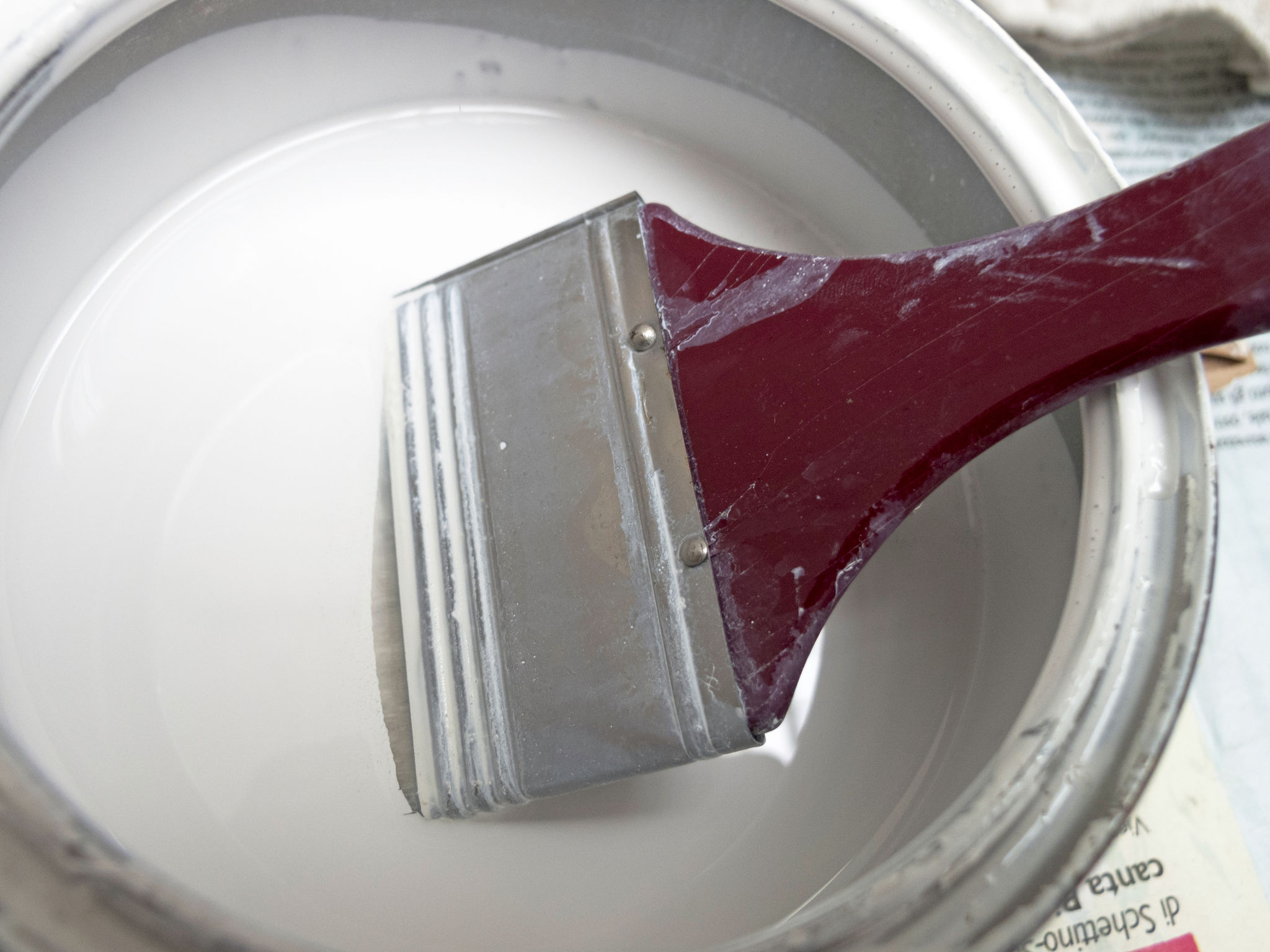Eco-Friendly Paint Options: A Sustainable Choice for Your Home
Creating a sustainable home environment is more important than ever, and choosing eco-friendly paint options is a significant step in the right direction. Not only do they minimize environmental impact, but they also contribute to a healthier living space for you and your family.

What Makes Paint Eco-Friendly?
Eco-friendly paints are formulated to reduce the release of harmful chemicals into the environment. Traditional paints often contain volatile organic compounds (VOCs) that contribute to air pollution and can cause health issues. In contrast, eco-friendly paints have low or zero VOC content, making them safer for indoor air quality.
These paints are typically made from natural ingredients such as water, plant oils, and clay. This not only reduces the carbon footprint but also enhances biodegradability.
Benefits of Low VOC Paints
Choosing low VOC paints offers several benefits for both health and the environment. First and foremost, they help improve indoor air quality, reducing the risk of respiratory issues, allergies, and headaches. Additionally, they are less likely to emit unpleasant odors, making them ideal for homes with children and pets.

Moreover, eco-friendly paints contribute to a sustainable lifestyle by using renewable resources and minimizing waste in production processes. This makes them a responsible choice for environmentally conscious homeowners.
Types of Eco-Friendly Paints
There are several types of eco-friendly paints available, each with unique properties and applications. Some popular options include:
- Milk Paint: Made from milk protein, lime, and natural pigments, it's ideal for a rustic or antique look.
- Clay Paint: Composed of natural clay, it provides a matte finish and excellent breathability.
- Recycled Paint: Made from leftover paints, this option reduces waste and offers a sustainable solution.

Choosing the Right Eco-Friendly Paint for Your Home
When selecting eco-friendly paint, consider the room's function, the desired finish, and your aesthetic preferences. For example, milk paint works well for furniture and walls with a vintage appeal, while clay paint is suitable for creating a cozy, earth-toned ambiance.
Additionally, check for certifications such as Green Seal or ECOLOGO, which indicate compliance with environmental and health standards.
Tips for Painting with Eco-Friendly Products
To make the most of your eco-friendly paint, follow these tips:
- Prepare surfaces properly to ensure optimal adhesion and durability.
- Use eco-friendly primers and sealers to enhance the paint's performance.
- Choose brushes and rollers made from natural or recycled materials.

By taking these steps, you can ensure a beautiful finish while maintaining a commitment to sustainability.
Conclusion
Switching to eco-friendly paint options is a practical and impactful way to support the environment and create a healthier home. With various options available, you can easily find a paint that suits your style and needs while making a positive difference.
Embrace the change and enjoy the benefits of a sustainable, beautiful living space.
